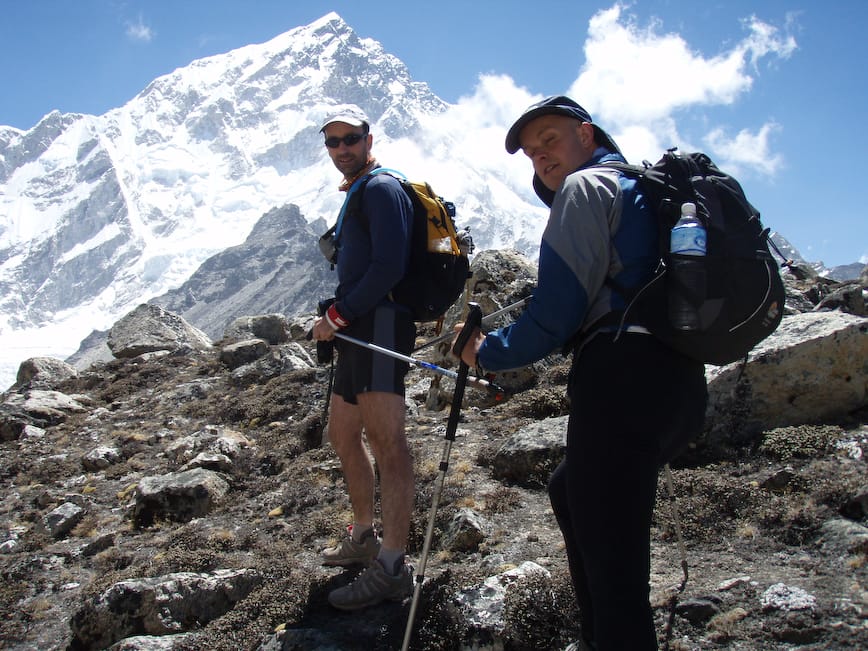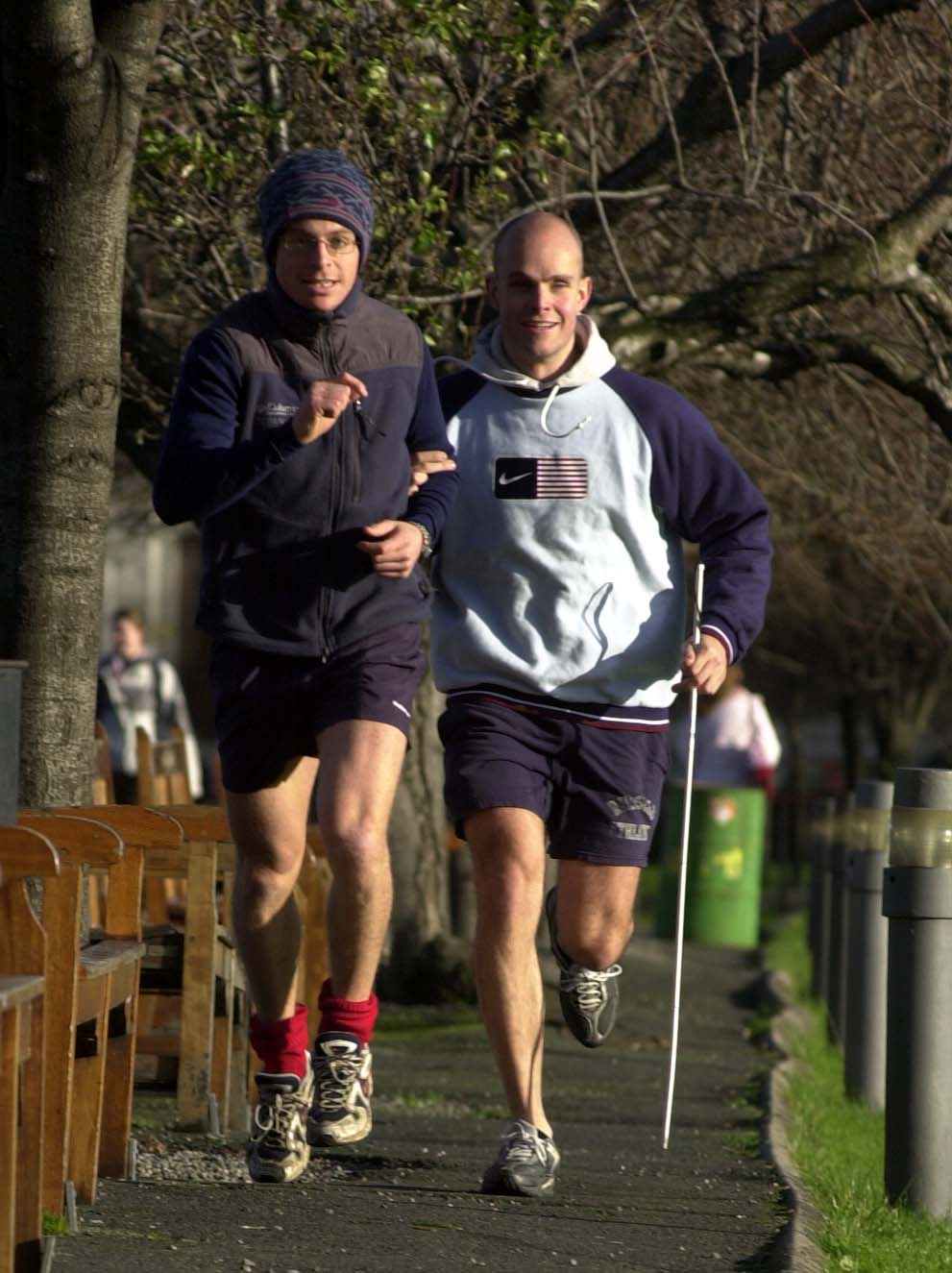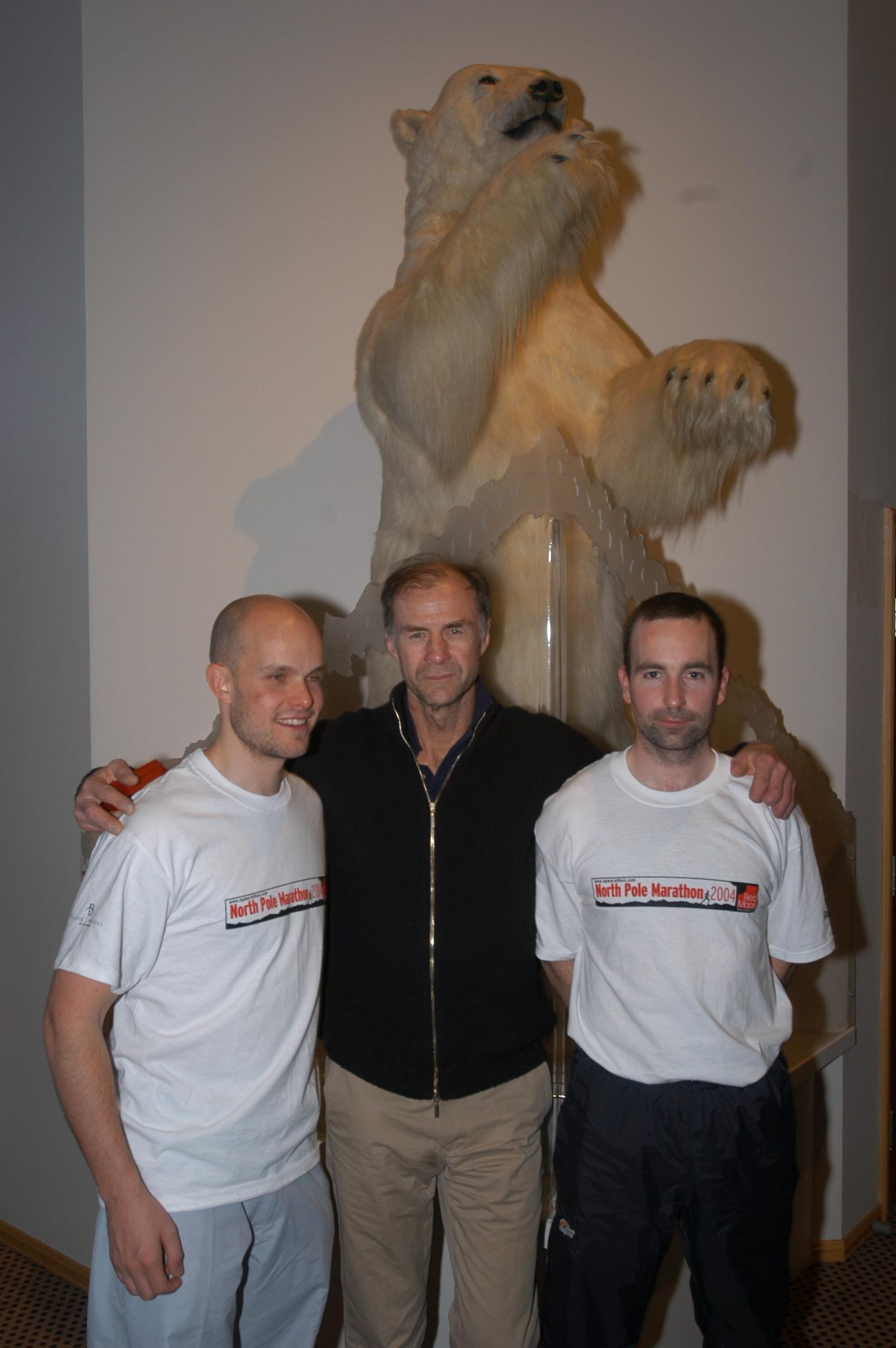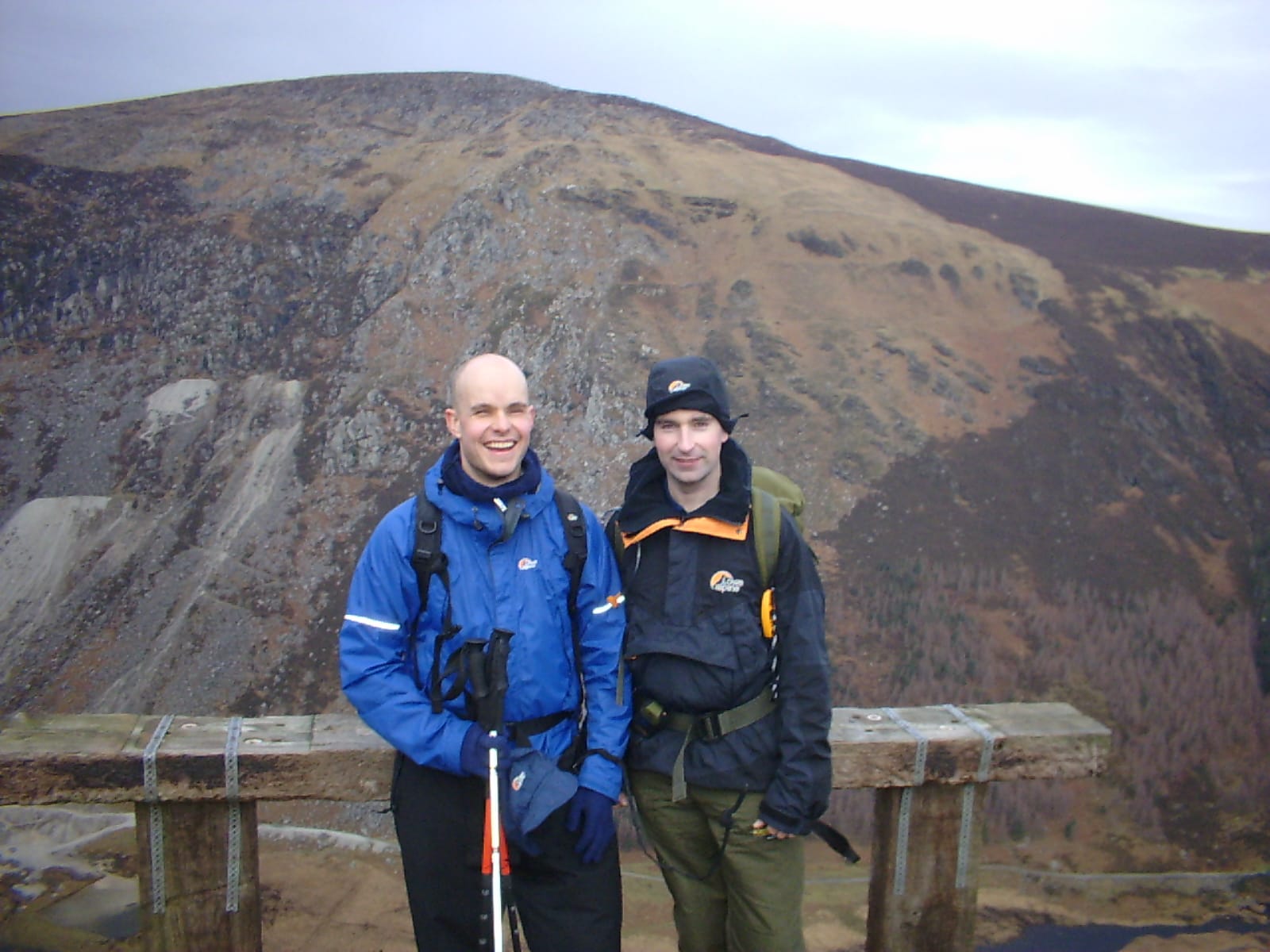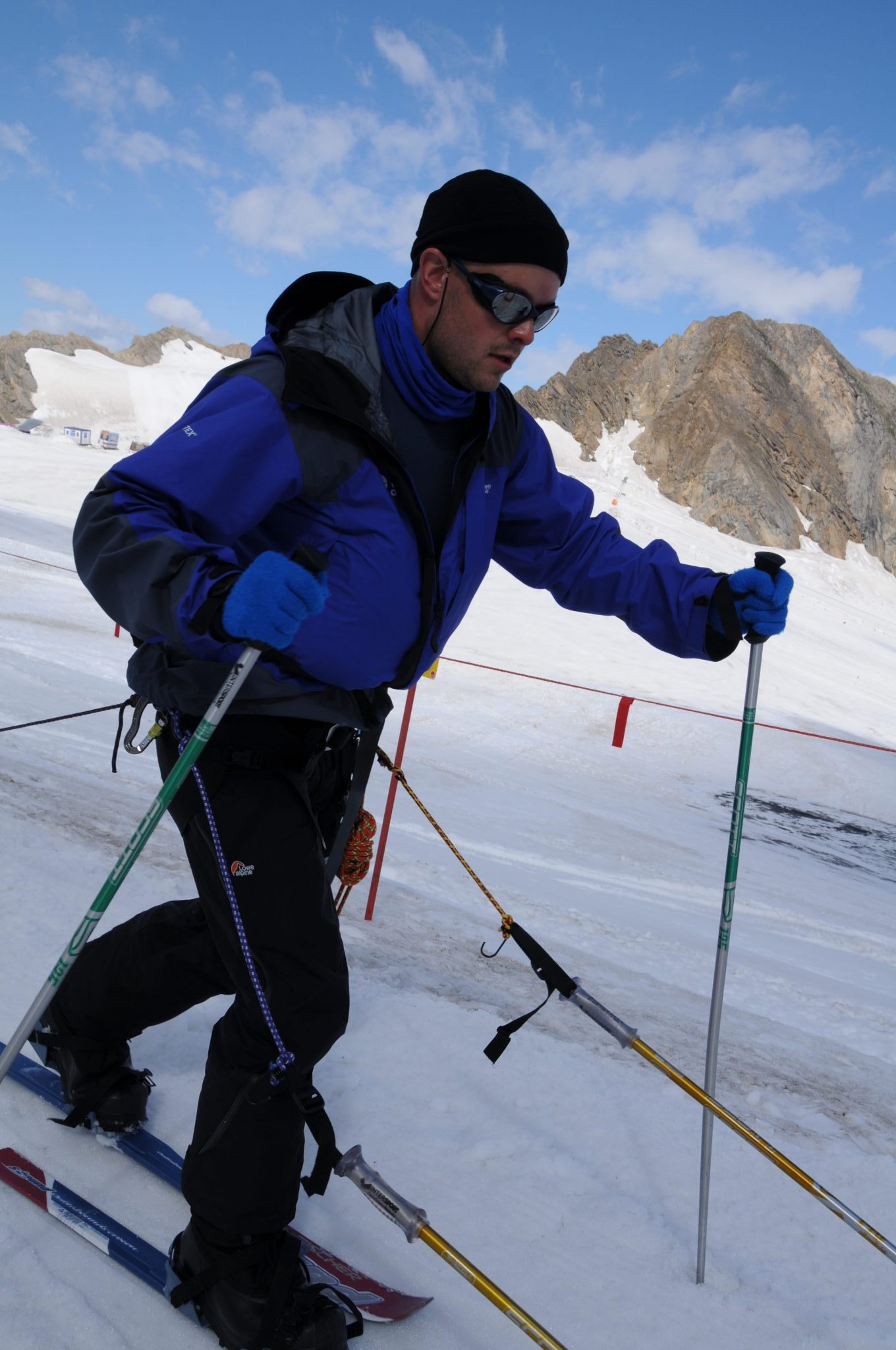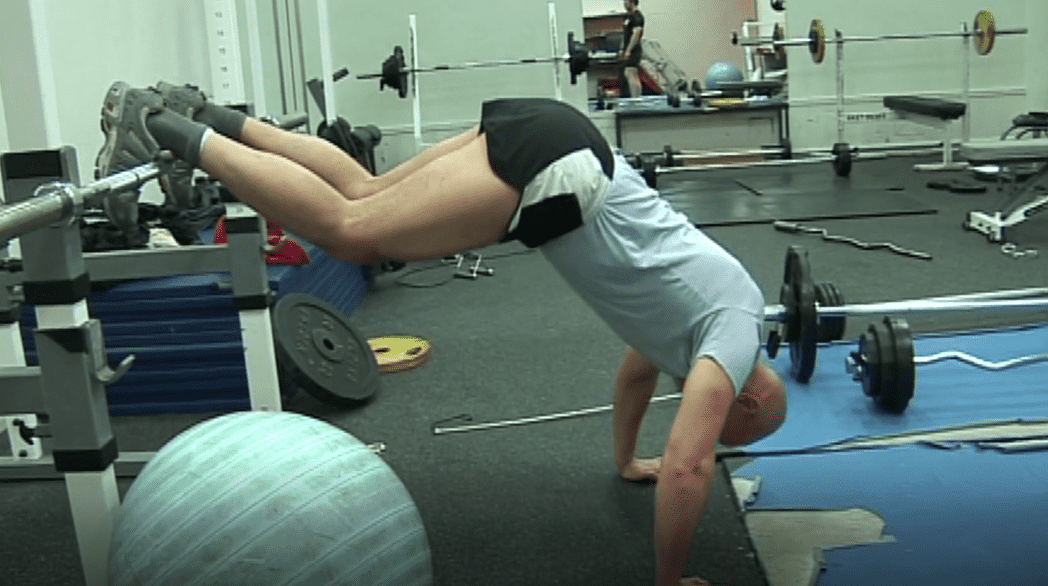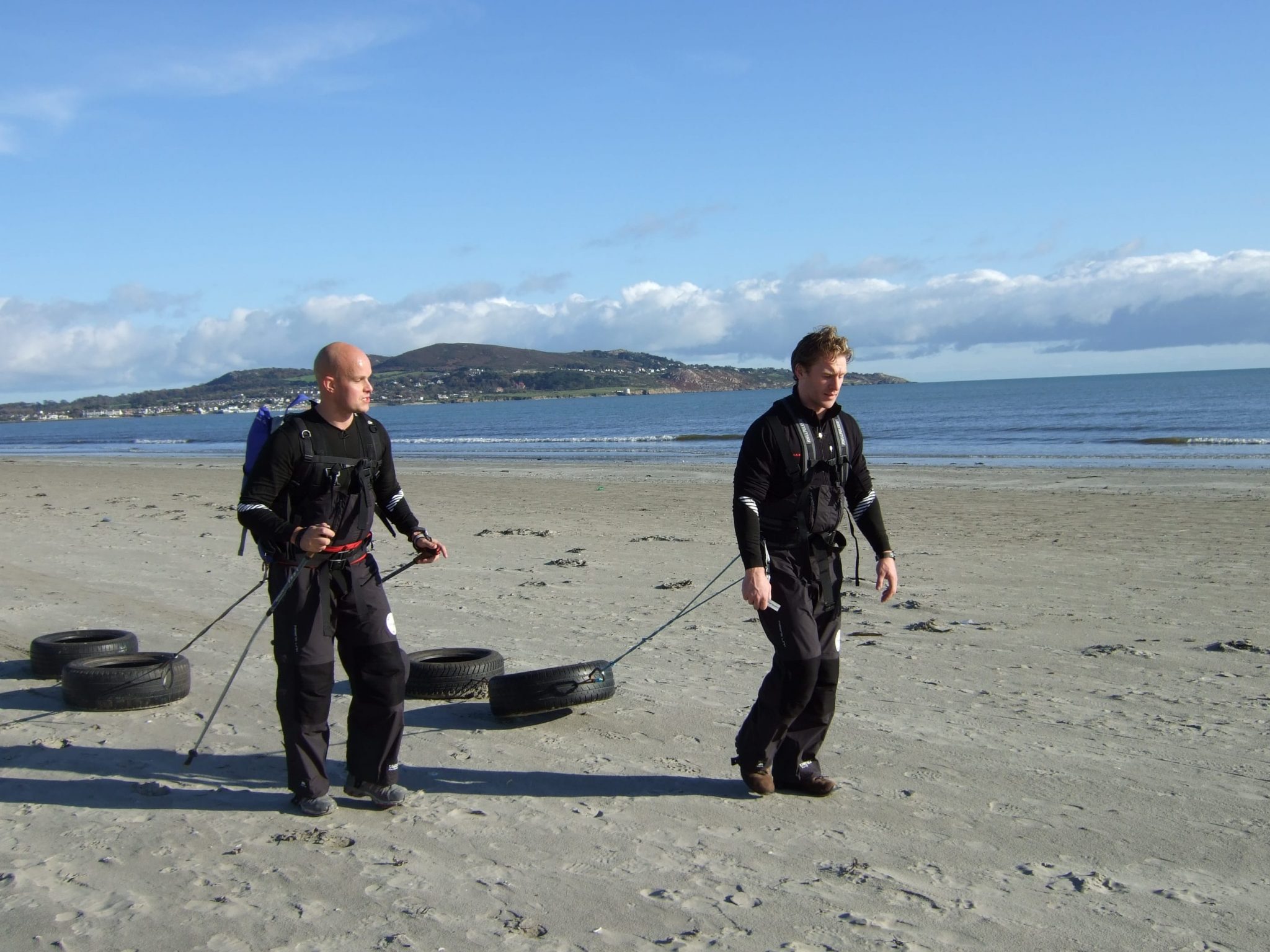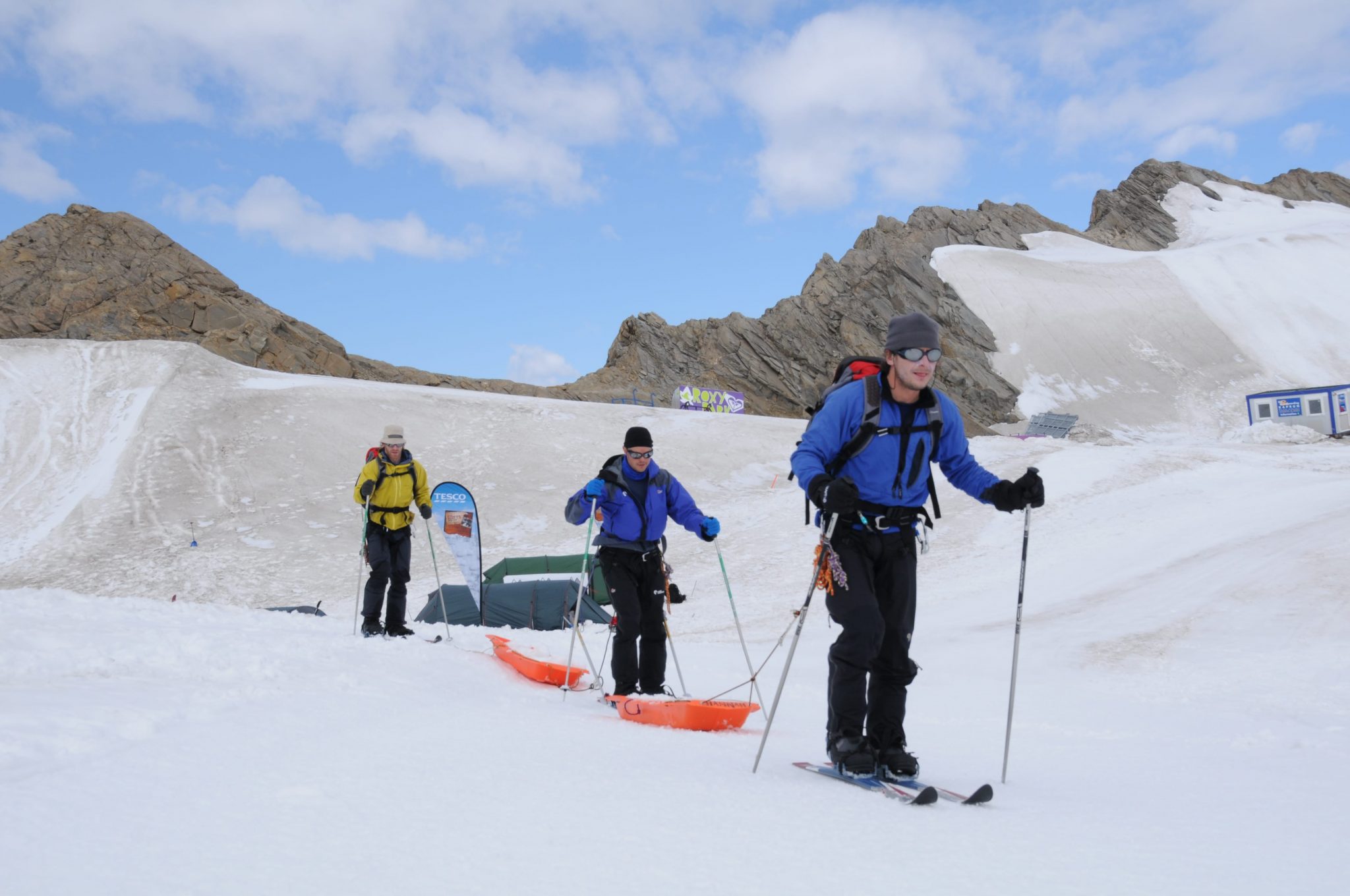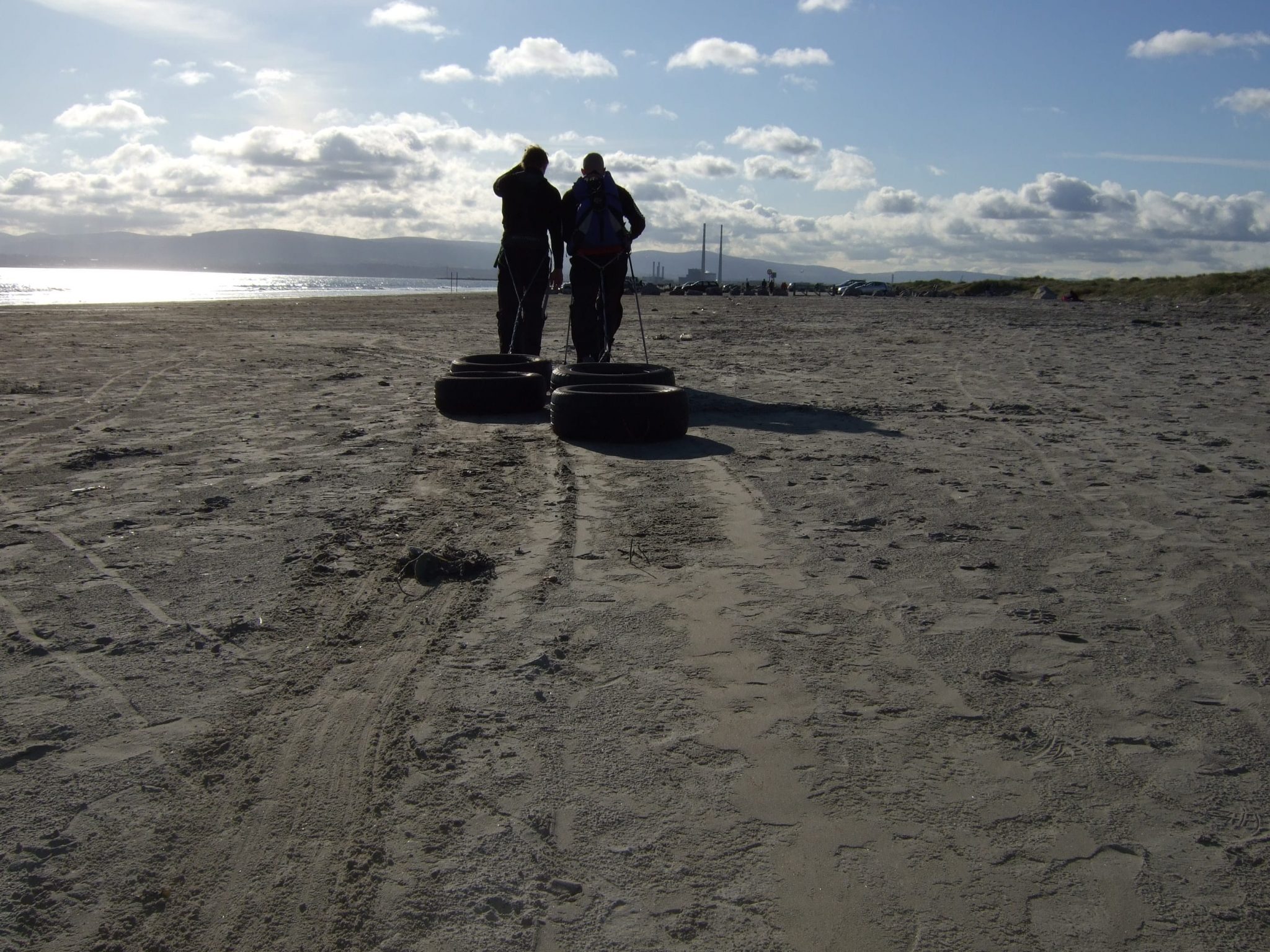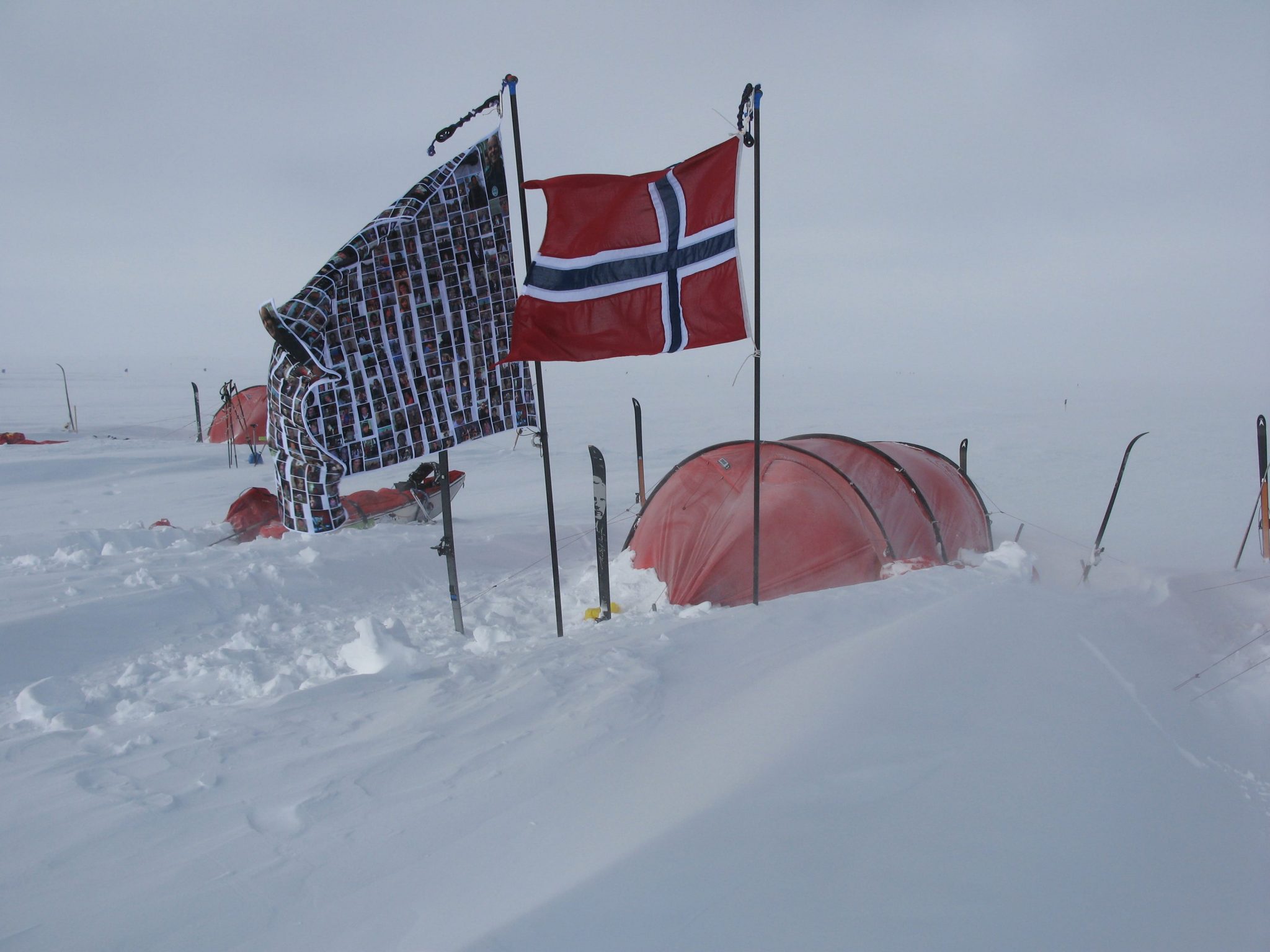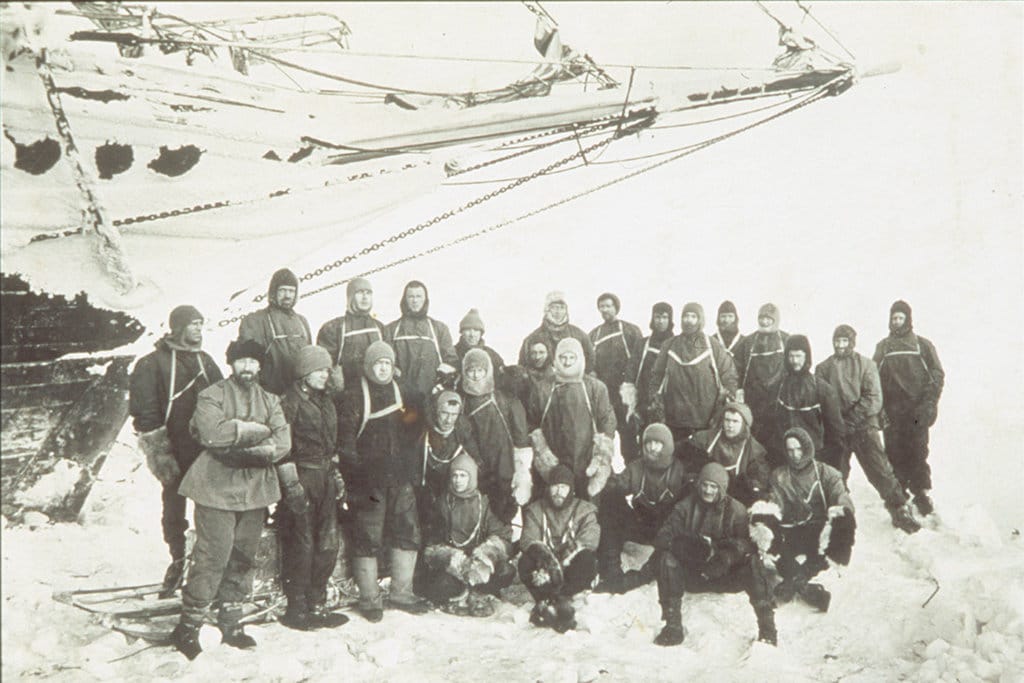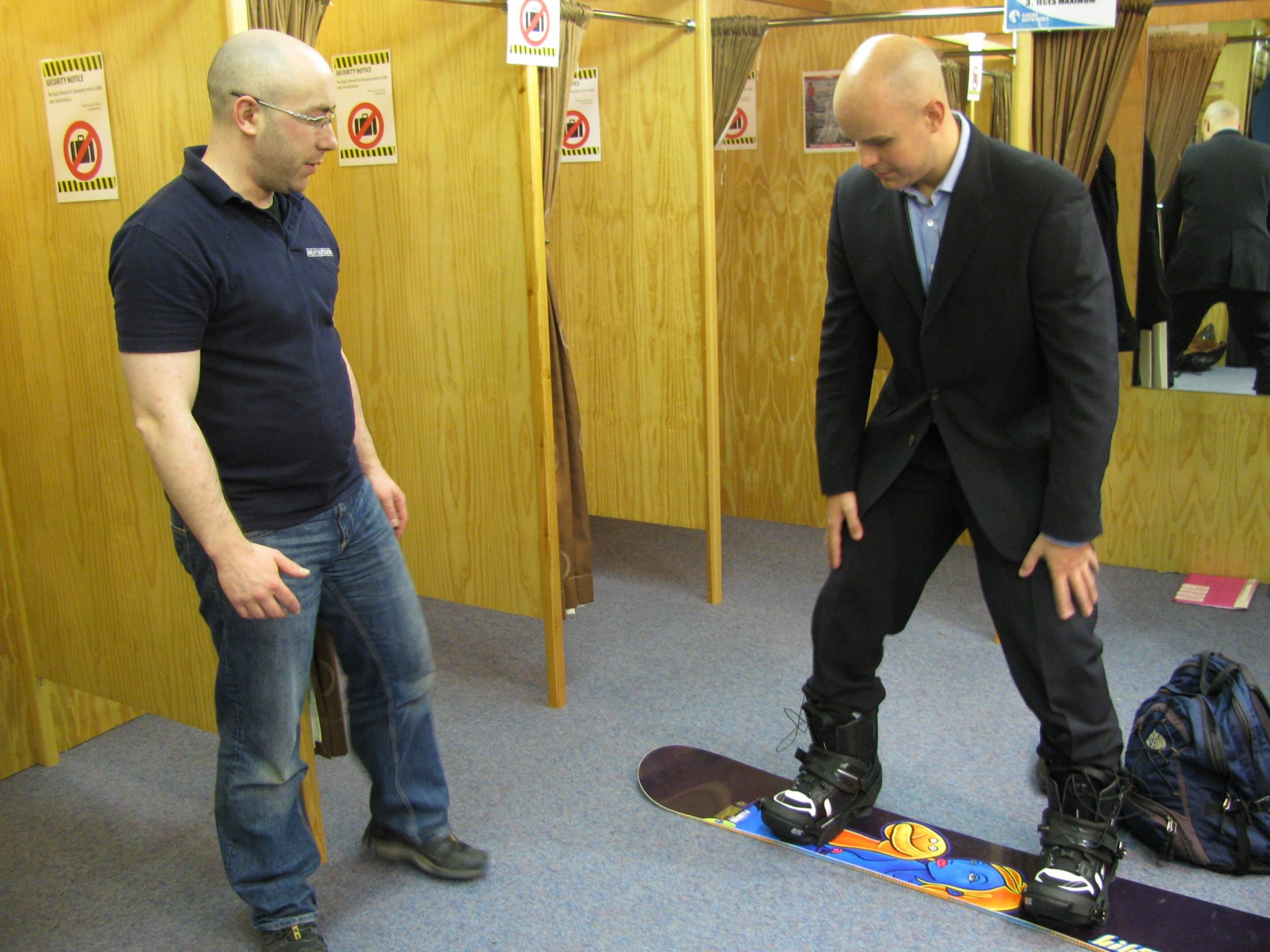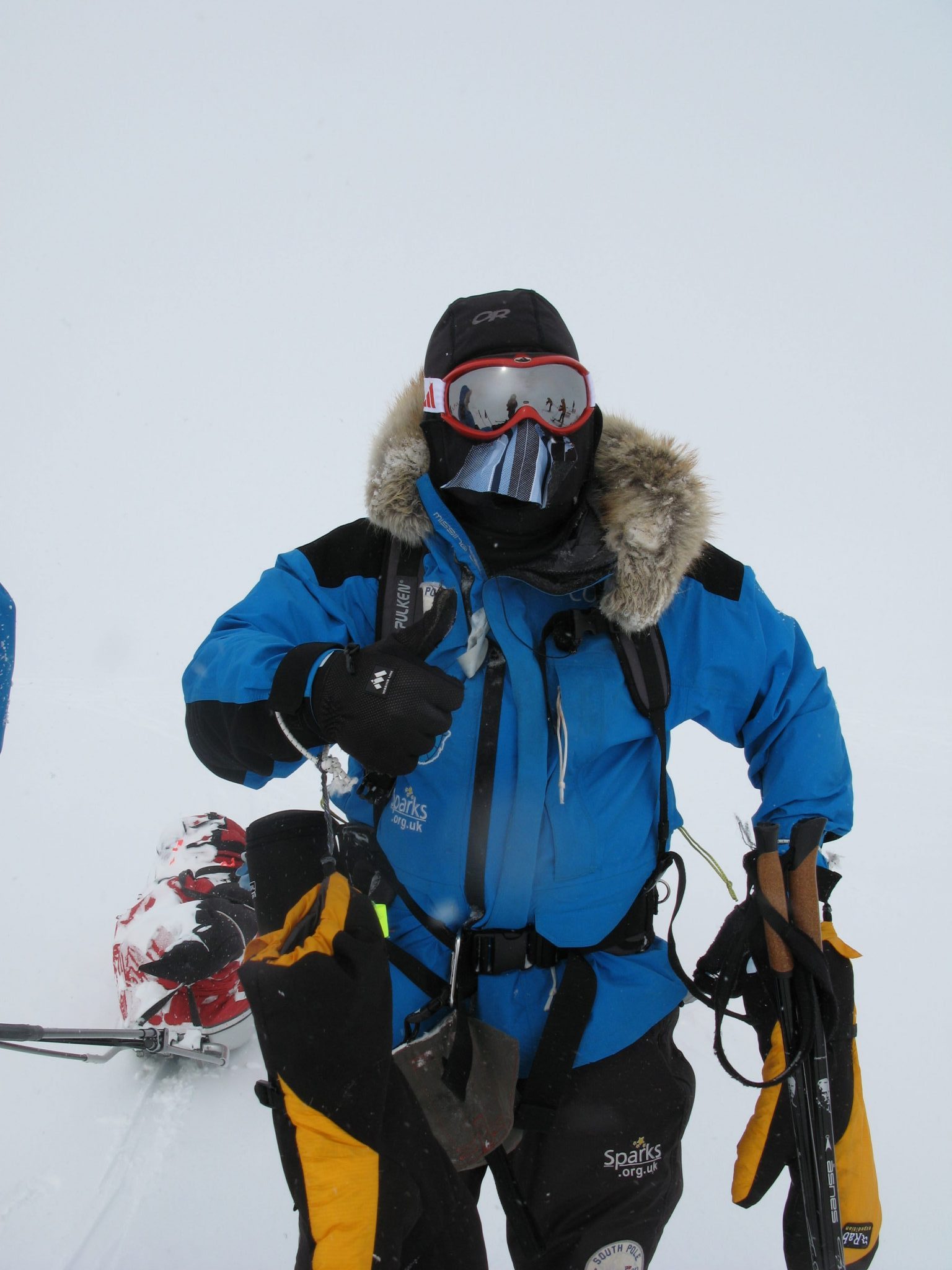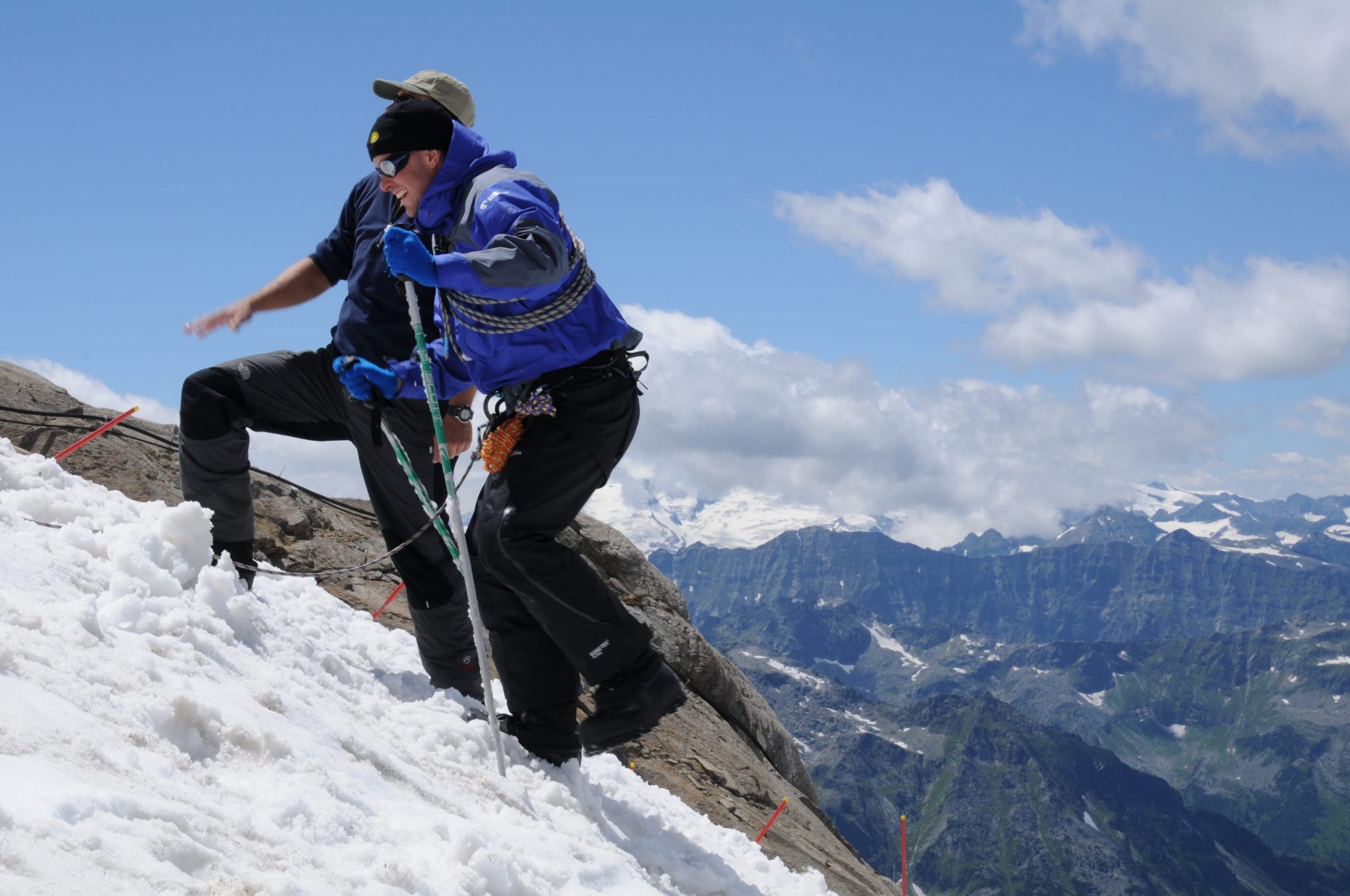Friday 21 March 2008
This April it will be ten years to the day that I went blind. From being able to see, to being able to see nothing. But now i am so used to it that I sometimes forget about it completely. Of course, sometimes it does hit me; but, when I am on my own, moving around my house, or even when traveling abroad I rarely specifically think about the blindness.
So, to give you a feel for what it is like to train and race over rough terrain blind, I thought I’d get John O’Regan to describe what it was like when he tried it out when we were preparing for the Everest Marathon in 2007. In fact, this is also a testament to John as a guide and as a man – it was his suggestion that he be blindfolded and guided by my girlfriend so he could better learn by following, how to lead.
John says: “During one of our training sessions in the Wicklow mountains in Ireland before heading to Nepal I took a turn at being guided. I wanted to get a feel for what it is like to race without sight. We were in very familiar surroundings so I didn’t think it would be a problem. But despite knowing the mountain so well, as soon as I put the blindfold on I could have been anywhere. Within a few steps I’d lost all sense of where I was! Simone was guiding me and I had no reason not to trust her but I felt she wasn’t being completely truthful about distance covered or distance back to the car park. I couldn’t believe how important it became to get accurate information and how the way vague descriptions of distance or terrain started to get to me. The level of concentration required was also heightened and when moving over rough ground I got very nervous about falling. It felt very frustrated not having control over where i was going. To be so dependent on someone else was very tough.”
In any training or races that we have done John has always been completely honest about distances and terrain. After the training exercise I was really pleased that he got an insight to why I am such a pain about getting accurate information. I suppose most people take in the view and judge their effort based on getting to the top of the hill or around the next bend but when you don’t have the option of making those judgment calls for yourself then the information that your team-mate gives you becomes unusually important.
For the South Pole Race the guiding system will be different from any other race that I have done before. For a start there will be two people to share the guiding which will allow for different options of guiding. Another difference is that we will be pulling sledges for the first time which will prevent me being close enough to whoever is guiding me to hear them. Plus we will be on skis which will require a greater distance between me and my team-mate. And a final important consideration, which was a factor in the North Pole, will be that due to the sub zero temperatures (-50 C) we will probably struggle to hear each other over through the thermal head gear, hats and hoods!
So, we’re into a serious experimentation phase over the next few months and if anyone has any ideas of how to go about it then please get in touch!
